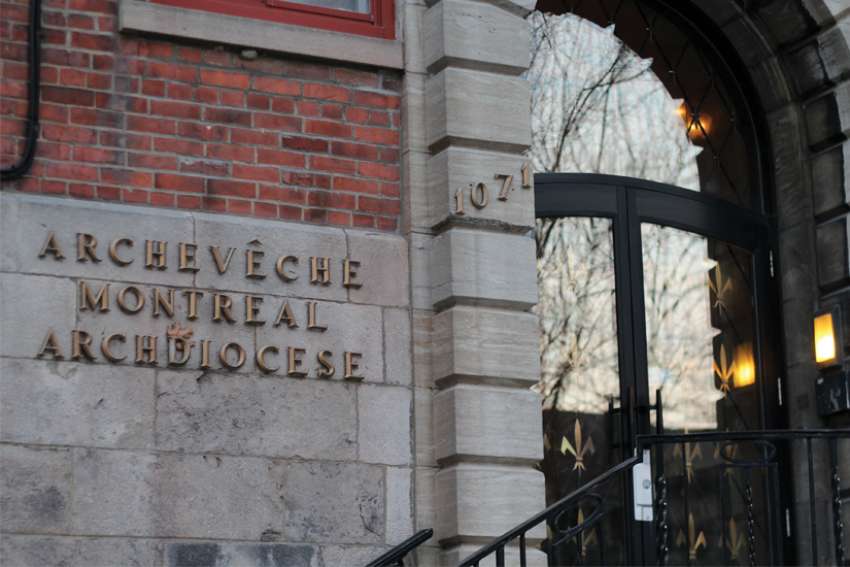“In some ways, the diocese is willingly taking on a crucifixion here,” the long-time McGill religious studies professor and former director of Montreal’s Newman Centre says. “It’s not the crucifixion of the innocent. It’s the crucifixion of the guilty. It’s still a crucifixion. But a crucifixion can be where good work gets done.”
The “guilty” Cere refers to include disgraced Montreal priest Brian Boucher, 58, now serving eight years in prison for sexually assaulting two boys during the 30-year catastrophe that was his service in the archdiocese. It also applies to a host of Montreal clergy whose failure to stop, or even recognize, the Boucher train wreck verges on incomprehensible.
The jaw-dropping depth of their ineptitude was publicly exposed with release of a report by Quebec Superior Court Justice Pepita Capriolo. Its 276 pages painstakingly document the buck passing, hand washing and outright duplicity that characterized the hierarchy’s botching of the case.
For Cere, the pain was personal. He was Newman Centre director in 2000 when Boucher was “reassigned” there to help him escape a major storm at another parish.
“It was hell on Earth for me,” Cere says 20 years later. “He was cold and hostile, even alluding to tensions with me in sermons to the students.”
The tensions developed as Boucher was bounced into Newman without warning to Cere, staff or the board of directors about problems in his previous parish. Things rapidly deteriorated when he started bringing an adolescent boy to the centre shortly before Easter, and introduced him at the Easter Vigil as “a new member of the (Newman) community” although he was far too young.
“Right away, I said, ‘this is complete news to me’ and spoke to the campus minister. She said she’d seen him showing up (prior) to the Easter Vigil after school, so later in the afternoons or evenings. When I spoke to Fr. Boucher, he said he had a close relationship with the family and had developed a mentorship role with the boy. That didn’t quite do it for me,” Cere says.
He arranged a meeting with then Auxiliary Bishop Anthony Mancini, where the truth came out. Boucher had been sent to Newman to “break the relationship” with the boy that had begun at, and sparked major concerns within, the other parish. Here, Cere corrects a misimpression that Boucher’s jiggery-pokery continued at Newman for a significant time.
Pressure he and his supportive board brought quickly got the boy’s visits stopped. (Because of documentation Cere kept, the boy was eventually identified as Boucher’s first victim.) But the problem quickly became Boucher himself. Justice Pepito details that Boucher was a serial workplace abuser. His violent outbursts and physical intimidation created intolerable toxic environments. Newman fared no better than anywhere, Cere says.
Pleas, urgings and insistence Boucher be removed either fell on deaf ears or were met with words that have come back to haunt Bishop Mancini: “My hands are tied.” Cere says the Pepito report’s greatest contribution might be its persistent detailing of the sheer ubiquity of that response.
“One thing she saw looking at the Church in Montreal was not its tight organizational structure but its conflicting lines of authority, its lack of clear institutional responsibility, its messiness.... So much depended on the response of individuals.”
Cere sees “good” coming out of the Church crucified: in the willingness of Archbishop Christian Lépine and his clergy to undergo public scourging, mockery, spiritual torment and even risking physical break-up of parishes as churches empty because of the Pepito report’s revelations.
“I’m sure (Archbishop Lépine) knew it was going to be hard, that there would be repercussions of all kinds, including financial, for the Church. But they saw the writing on the wall and tried to do the right thing. There’s a will to move forward. Let’s hope there’s the capacity.”
Because where there’s Easter, there’s always hope.
(Stockland is publisher of Convivium.ca and a senior fellow with Cardus.)

